Tibetan Plateau Adventure
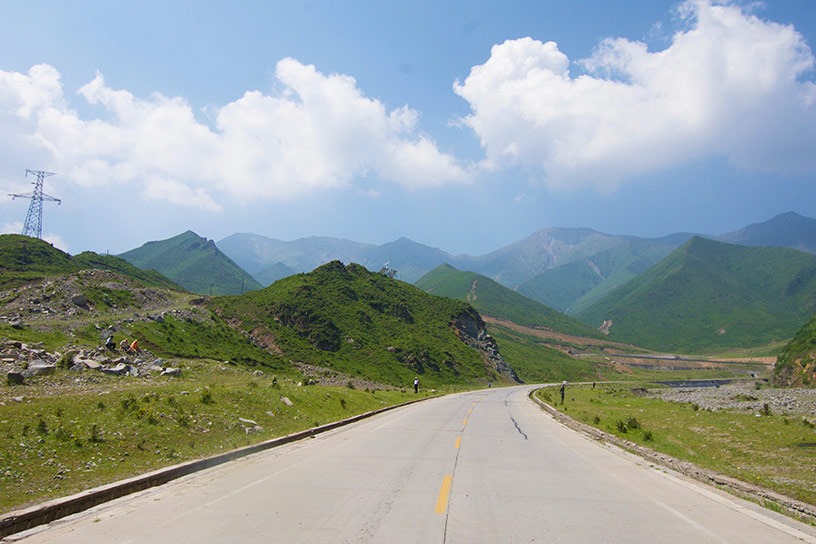
Three and a half thousand metres above sea level, the crooked pool table sat, dwarfed by a stretching, mountainous backdrop. The local pool shark took his final turn, sunk the black and flashed a toothy grin. I was defeated but felt victorious.
Now, playing pool outside a small collection of traditional tents in the Tibetan Plateau wasn’t something I expected to be doing, but then when it comes to this part of the world, most things aren’t as you would expect. When I found out I would be heading to the Tibetan Plateau to host professional cycling race, ‘The Tour of Qinghai Lake,’ I really had no idea what I was signing up for. Over three weeks, we spanned three continents, countless cities and mountains along the Chinese border.
If you want a more rural and tourist free China adventure, than the Tibetan Plateau is the perfect destination. Though you will have to get used to every second person wanting a photo with you!
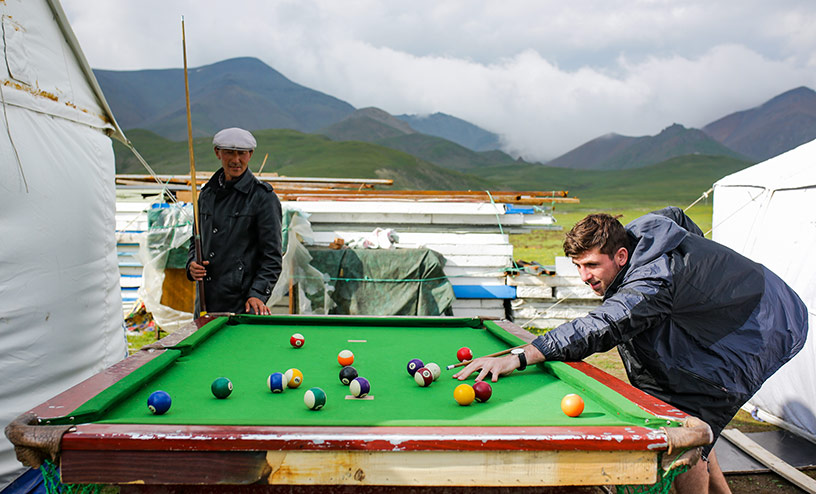
Kicking off
You can start off your journey in Xining, as it is close to a large airport and a good introduction to kick off your adventure. Xining was once a commercial hub along the Northern Silk Road. This city sits at over two thousand metres above sea level and will mostly likely be the last urban city and Starbucks you will find for some time. The first thing I noticed was the altitude - even walking up a set of stairs was a challenge for the first few days. I also woke up out of breath the first night feeling disorientated. Though it only takes a few days to settle in, we explored the unique city and spent the first night at a banquet in the bustling shopping district.
After covering various rural cities, each with its own vibe and charm, we made it to the namesake location – Qinghai Lake. A stunning contrast of bright, yellow fields of flowers with the blue of the lake mesmerising as you drive past. Most of the hotels are only a few hundred metres from the lake, so after dropping your bags, you can hire a mountain bike and go exploring. Just be careful to not get harassed by an irate farmer who will ask you to pay for riding through his patch of land – luckily, he doesn’t have a bike!
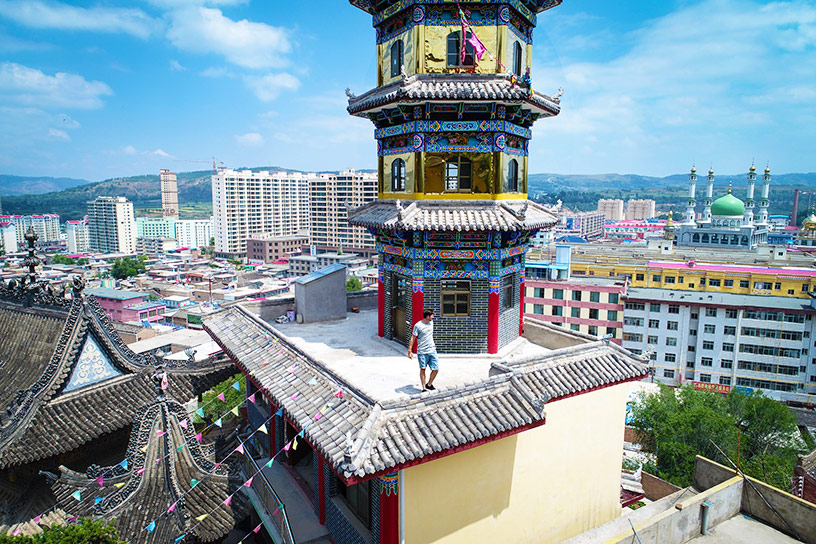
At altitude
After Qinghai, you can head high into the mountains. This is where the true Tibetan culture begins to shine. The bus struggled up the mountain sides and along the way you will spot countless shrines, made up of thousands of pieces of multi-coloured fabric, blowing in the wind. It was said that if one writes their wish on a ribbon it will come true. Along the way, you can stop off at a beautiful pine forest which looks far more like Canada than China. You can then carry on through the mountains, where over every hill lives another breathtaking valley, dotted with white tents, adorned with traditional fabric and more wild yaks than you could imagine.
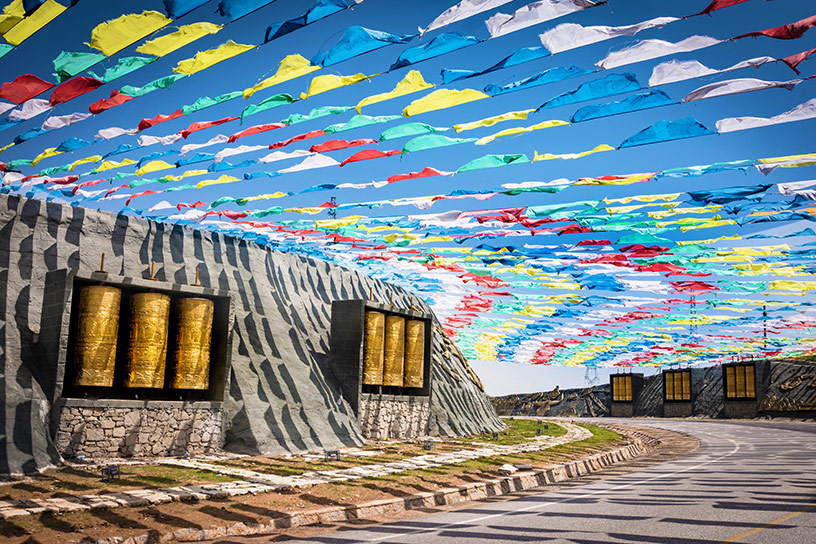
Not your standard Chinese food
Along the way, I surprisingly lost weight. One of the most interesting things I found about the Tibetan plateau was the food – everything I previously thought about Chinese food was a lie! There was no crispy skin duck, sweet and sour pork or anything deliciously deep fried in sight in this part of the country. Instead, most meals are a smorgasbord of various cold meats, a local dish of lamb with spices and a lot of things you probably have never seen before. In most of the rural cities, the traditions and customs are influenced by the Tibetans, Monguor, Muslims or Han people. One of the standout meals is the handmade noodle slices (I’ve forgotten the actual name, if you couldn’t guess). If you’re lucky, a chef might let you go out back in a restaurant and watch as they work with utter speed and precision, cutting noodles into cubes and propelling them into a giant vat of boiling broth. Another delicious dish is the incredible fried dumplings and traditional charcoal barbeques, which are found along most busy streets.
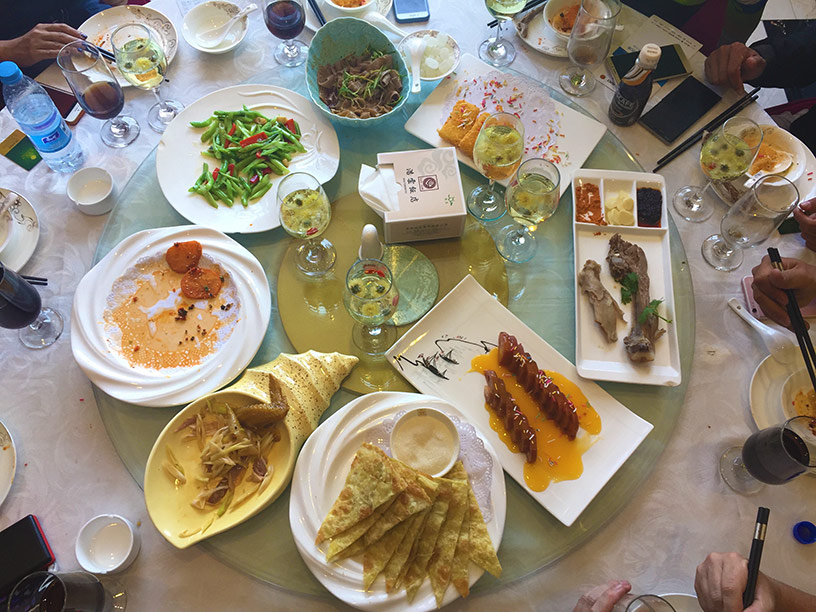
Little Mecca
One of the highlight cities for me was called Linxia, which has appropriately been named “China’s little mecca”. It is one of the largest concentrations of Muslim people in China and it is home to some of the most elaborate temples on earth. The streets are filled with kids and families running around as if the place was one big playground. They all seem incredibly cheery and welcoming - I was even bought an ice cream by a young local girl who only looked about eight! You can spend the day hiking up to a temple, remnant from Taoism, which looks out over the city. Just head towards the highest peak and follow the winding streets uphill and you can’t miss it. We found a ground of elderly people playing Mahjong and ended up playing a game together.
The trip finished in a completely non-Chinese way. Drinking a bottle of South Australian red wine with a great friend from Australia, while being serenaded by our American friend’s ukulele in a hotel which looked like a living rainforest - but as I said, most of the things you will do over here, won’t be as expected.
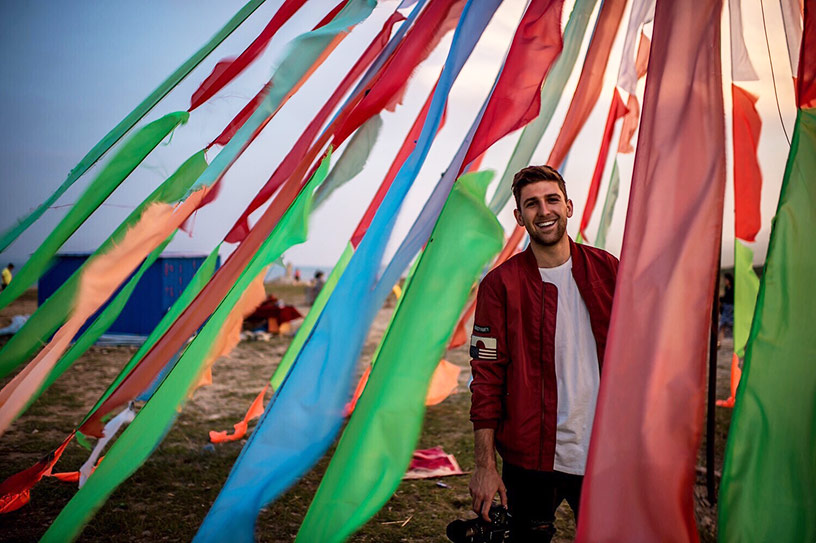
Tips
- Plan breakfasts or bring your own. Regardless of where you stay, you won’t be finding eggs benedict, cereal or even a slice of toast.
- If possible, the best plan is to increase your altitude incrementally in order to adjust.
- Facebook is illegal, so unless you are going to do the dodgy with a vpn, get ready to post plenty of pics when you get home.
- In most hotels, the Wi-Fi sucks. So, either get a sim card or a prepaid dongle.
- Yaks are cool, but don’t get too close! The horns speak for themselves.
Scott Bidmead is a Journalist, TV presenter/producer, positive psychology expert and founder of Open Ended Media. He loves adventure travel and blending his work and passions together.
The views, opinions and positions expressed by the author and those providing comments are theirs alone, and are meant as travel inspiration only. They do not reflect the opinions of Cover-More Insurance. You should always read the Policy Documents available from your travel insurance provider to understand the limits, exclusions and conditions of your policy and to ensure any activities you undertake are covered by your policy.